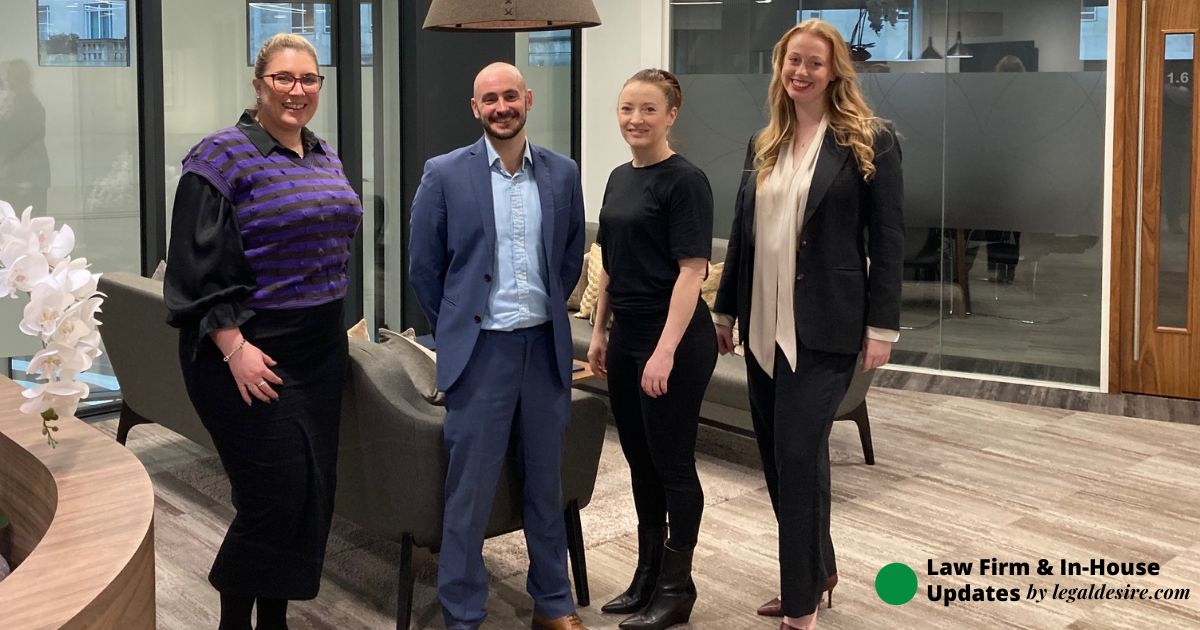Now Reading: From Fake Firms to Phantom Employees: Unveiling the Creative Scams of PPP Loan Fraudsters
-
01
From Fake Firms to Phantom Employees: Unveiling the Creative Scams of PPP Loan Fraudsters

From Fake Firms to Phantom Employees: Unveiling the Creative Scams of PPP Loan Fraudsters
The Paycheck Protection Program (PPP), a crucial component of the Coronavirus Aid, Relief, and Economic Security (CARES) Act, was designed to provide emergency financial assistance to struggling businesses during the COVID-19 pandemic. However, this well-intentioned program also became a target for fraudsters who exploited its vulnerabilities in various creative ways.
Venture-Backed Startup PPP Loan Scheme
A prominent example of PPP loan fraud involves the legal battle of Harrison Metal Capital III, L.P. against Mixmax co-founders Olof Mathé and Bradford Vogel. The lawsuit alleges that the co-founders misused the PPP loan meant for employee retention for personal gain, a scenario highlighting how even high-profile businesses and individuals could exploit the emergency funds.
Multi-Defendant Schemes
In another instance, the U.S. Department of Justice charged 19 defendants with pandemic fraud amounting to over $24 million. These fraudsters targeted multiple federal programs, including the PPP and Economic Injury Disaster Loan (EIDL) programs. They submitted false applications, misrepresenting business details, and ultimately misused the funds on personal items.
Individual Exploits
Robert Benlevi’s case stands out for its audacity. He was convicted for a $27 million PPP fraud scheme, wherein he submitted 27 loan applications for non-existent companies, falsely claiming they had employees and payroll. Benlevi used these funds for personal expenses, including luxury apartment rent and personal indulgences.
Group Collaborations
In North Carolina, three men were sentenced for fraudulently seeking over $2.7 million in PPP loans and EIDLs. They were part of a larger scheme that involved submitting fraudulent loan applications with inflated employee numbers and payroll expenses, using the proceeds for personal benefits, including luxury purchases.
Large-Scale Conspiracies
Perhaps one of the largest PPP loan fraud cases involved Amir Aqeel, who led a conspiracy to submit 75 fraudulent PPP loan applications, obtaining more than $20 million. This extensive scheme included falsifying employee numbers, payroll expenses, and creating fake paychecks. The funds were used for extravagant personal expenses, including purchasing luxury vehicles and properties.
These cases represent the tip of the iceberg in PPP loan fraud. The Department of Justice has been actively pursuing such fraud cases across the country, involving a range of fraudulent activities from individual business owners inflating payroll expenses to organized criminal networks using stolen identities and fictitious companies.
Conclusion
The creative scams employed by PPP loan fraudsters not only diverted funds from deserving businesses but also posed a significant challenge to the integrity of government relief programs. These cases underscore the necessity for rigorous oversight and accountability in emergency financial assistance programs to prevent exploitation and ensure that they effectively serve their intended purpose of supporting the economy and those in need during crises.










